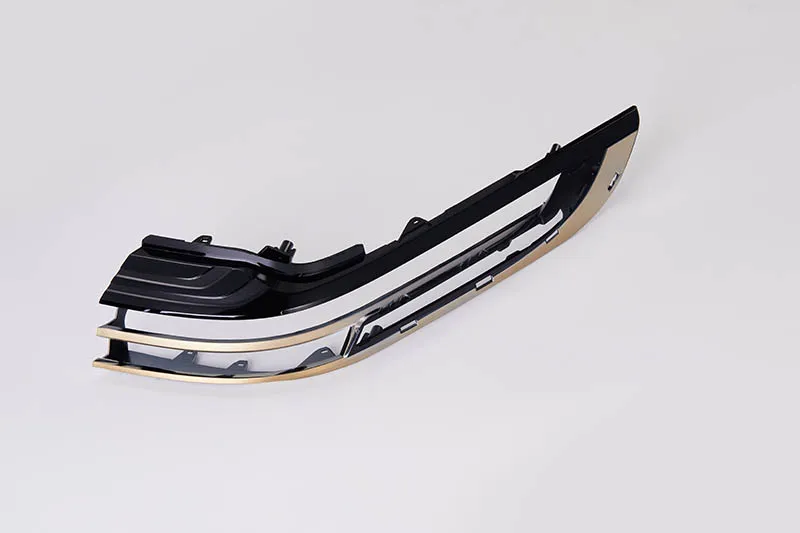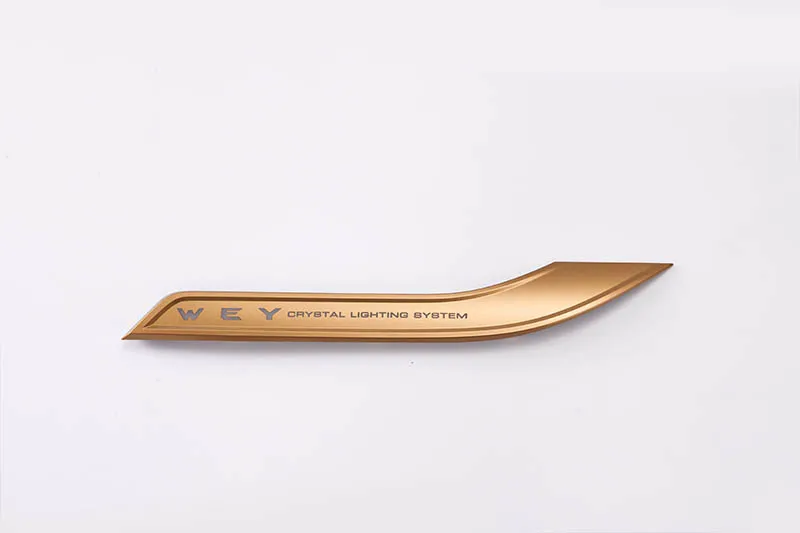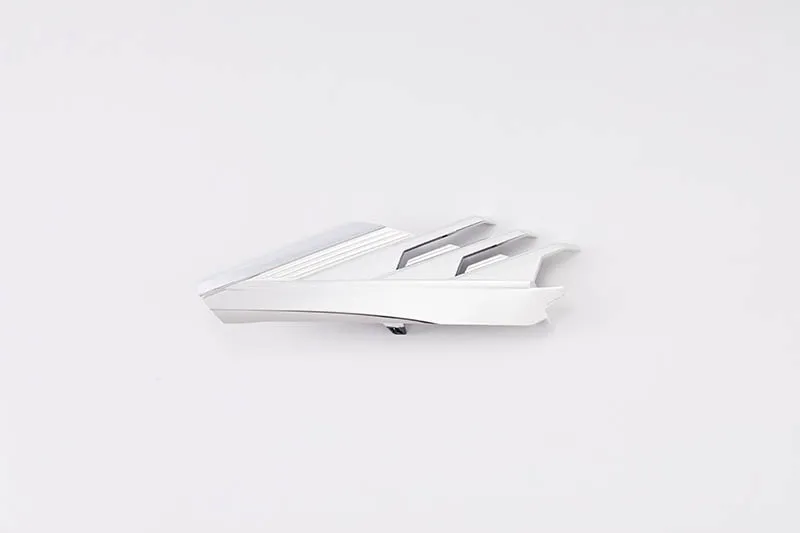Introduction
Modifying automotive parts is a popular way for car enthusiasts to personalize their vehicles, enhance performance, and improve overall driving experience. Whether you’re looking to boost horsepower, improve handling, or simply change the vehicle’s aesthetic appeal, modifying car parts can be an exciting and rewarding process. However, it’s important to understand the implications of modifying your vehicle, including costs, potential legal concerns, and how the modifications may affect the vehicle’s warranty or resale value. This article explores the various types of automotive part modifications, their benefits, and important considerations when making modifications to your vehicle.
Why Modify Automotive Parts?
There are several reasons why car owners choose to modify their vehicles, including:
- Performance Enhancement: Many modifications are designed to improve the vehicle’s power, acceleration, and handling. Performance modifications can make driving more enjoyable and allow your vehicle to better perform in different driving conditions.
- Aesthetic Appeal: Some modifications focus on changing the vehicle’s appearance, whether it’s through custom body kits, new paint jobs, or upgraded interior features. These changes help create a unique look that reflects the owner’s style.
- Increased Resale Value: Well-chosen modifications can increase the resale value of a vehicle, particularly if they improve performance or make the vehicle more desirable.
- Customization: Modifying car parts gives owners the freedom to tailor their vehicle to their specific needs or preferences, whether it’s for off-road driving, racing, or simply for comfort and style.
Popular Automotive Part Modifications
Here are some of the most common automotive parts that are modified by car owners, along with the benefits of each modification:
1. Engine Modifications
Engine modifications are among the most popular and impactful upgrades, designed to boost power, efficiency, and responsiveness.
- Cold Air Intakes: A cold air intake helps the engine receive cooler, denser air, improving combustion efficiency and overall engine performance. This modification can increase horsepower, especially when combined with other performance upgrades.
- Performance Exhaust Systems: Upgrading the exhaust system helps reduce engine backpressure, allowing for more efficient exhaust flow. This can increase horsepower, improve fuel efficiency, and create a more aggressive exhaust sound.
- Turbochargers or Superchargers: Adding a turbocharger or supercharger can significantly boost engine performance by forcing more air into the engine. These modifications are popular for those looking to maximize horsepower and acceleration.
- Engine Tuning and ECU Remapping: By remapping or tuning the engine control unit (ECU), car owners can optimize the vehicle’s performance parameters, such as fuel efficiency, power output, and throttle response. This is a cost-effective way to improve engine performance without replacing major components.
2. Suspension Modifications
Upgrading the suspension system can greatly improve a vehicle’s handling, comfort, and driving dynamics.
- Lowering Springs: Lowering springs reduce the vehicle’s ride height, lowering the center of gravity and improving handling. This modification enhances cornering ability and reduces body roll, making the vehicle more stable in turns.
- Performance Shocks and Struts: Performance shocks and struts provide better handling and ride quality by reducing the amount of body movement in response to road irregularities. This modification can significantly improve driving comfort and stability.
- Sway Bars: Upgrading sway bars (also known as anti-roll bars) helps reduce body roll when cornering. This modification is particularly beneficial for vehicles that are used for performance driving or track racing.
- Coilovers: Coilovers allow for more precise control over ride height and damping, offering a customizable suspension setup for optimal handling and comfort. Coilovers are often used by enthusiasts looking to fine-tune their vehicle’s suspension for specific driving needs.
3. Brake System Modifications
Enhancing the braking system is crucial for improving safety and performance, especially in high-performance or track-driven vehicles.
- Performance Brake Pads: Upgrading to performance brake pads offers better stopping power and heat dissipation. These pads can withstand higher temperatures, reducing brake fade and improving braking response.
- Slotted or Drilled Rotors: Performance rotors with slots or drilled holes allow for better heat dissipation and improved braking performance. These modifications reduce the chances of brake fade during heavy braking and provide better grip for the brake pads.
- Braided Stainless Steel Brake Lines: Replacing rubber brake lines with braided stainless steel brake lines increases braking precision and durability. Stainless steel lines provide consistent brake pressure and are more resistant to expansion under high heat.
- Big Brake Kits: For high-performance or heavy-duty vehicles, upgrading to a big brake kit with larger rotors and multi-piston calipers can improve braking performance and cooling capacity.
4. Wheel and Tire Modifications
Wheels and tires play a significant role in a vehicle’s appearance, handling, and performance. Upgrading these parts can have both aesthetic and functional benefits.
- Larger Wheels and Tires: Upgrading to larger wheels with wider tires can improve traction and handling. Larger wheels also create a more aggressive and modern look. However, it’s important to ensure that the wheels and tires are compatible with the vehicle’s suspension and that they don’t affect ride quality.
- Performance Tires: Performance tires offer improved grip, especially in dry or wet conditions. These tires are designed for high-speed driving, offering better cornering performance and braking capability compared to standard tires.
- Custom Wheels: Custom wheels allow for greater personalization, with various styles, materials, and finishes available. Upgrading to custom wheels can drastically change the vehicle’s appearance, making it stand out on the road.
5. Interior Modifications
Interior modifications can enhance comfort, convenience, and style. These upgrades are popular for those who spend a lot of time in their vehicles or want to create a more luxurious feel.
- Aftermarket Seats: Replacing stock seats with more supportive, performance-oriented seats can improve driving comfort and safety. Racing seats, bucket seats, or ergonomic seats are popular modifications.
- Upgraded Sound Systems: Replacing the factory stereo with a premium sound system can greatly enhance audio quality. Many car enthusiasts choose to upgrade the speakers, subwoofers, amplifiers, and head units for better sound clarity and bass response.
- Custom Steering Wheels: Custom steering wheels can improve both aesthetics and driving feel. Upgraded steering wheels often feature better grip, a more ergonomic design, and a sporty look.
- Ambient Lighting: Adding ambient lighting to the interior, such as LED strips, can give the car a more modern, personalized feel. These lights can be installed around the footwells, dashboard, or even the door panels.
Considerations Before Modifying Automotive Parts
Before modifying your vehicle, there are several important factors to consider:
1. Legal Regulations
In many countries, modifying certain parts of a vehicle may violate local regulations or emissions standards. For example, installing a performance exhaust system or altering the vehicle’s ride height could lead to fines or the inability to pass vehicle inspections. Always check with local authorities to ensure that the modifications comply with regulations.
2. Warranty and Insurance Implications
Modifying your car may void the manufacturer’s warranty, especially for critical systems like the engine or transmission. Some modifications, such as aftermarket turbochargers or performance tuning, can invalidate warranty coverage. Additionally, certain modifications may impact your car insurance policy, either by increasing premiums or requiring additional coverage.
3. Compatibility
Ensure that the parts you are modifying or upgrading are compatible with your vehicle. Installing parts that don’t fit correctly or aren’t designed for your make and model can lead to performance issues or even damage to other components. Consult with experts or refer to the manufacturer’s specifications before proceeding with any modifications.
4. Costs
The cost of modifying automotive parts can add up quickly, especially for performance upgrades. Always budget for both the initial cost of parts and the installation costs, and factor in any potential future maintenance or repairs. Some modifications can be done on a budget, while others may require significant investment.
5. Professional Help
While many modifications can be done as DIY projects, others may require professional expertise to ensure proper installation and functionality. Performance upgrades, such as turbocharging or suspension modifications, often require specialized knowledge and tools. It’s best to seek professional help for complex modifications to avoid mistakes or damage.
Conclusion
Modifying automotive parts can be a rewarding experience for car enthusiasts who want to personalize their vehicles, enhance performance, or improve aesthetics. Whether you’re looking to upgrade your engine, suspension, brake system, or interior, there are a variety of modifications available to suit different preferences and driving needs. However, before making any modifications, it’s important to consider legal regulations, warranty implications, and compatibility issues. By making informed decisions and seeking professional help when necessary, you can ensure that your vehicle performs at its best and reflects your unique style.




